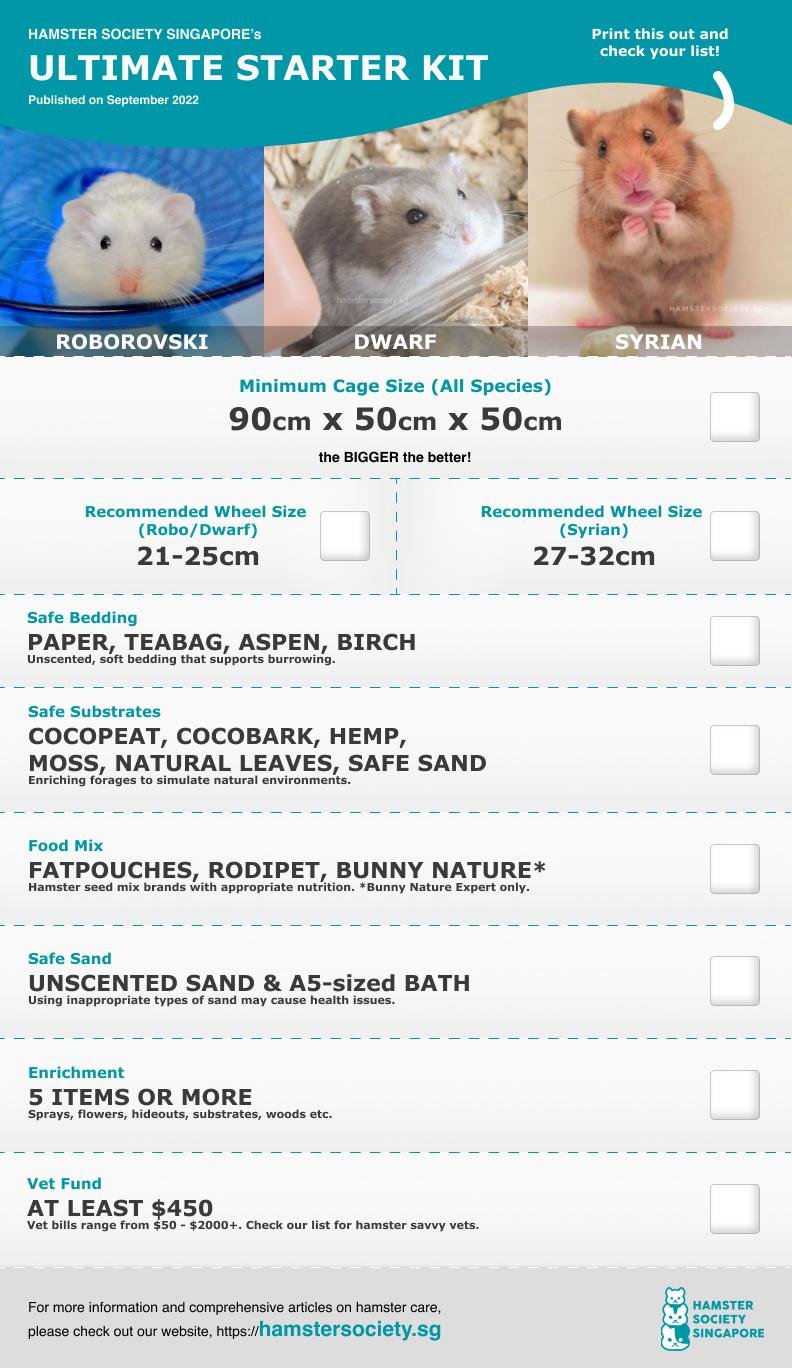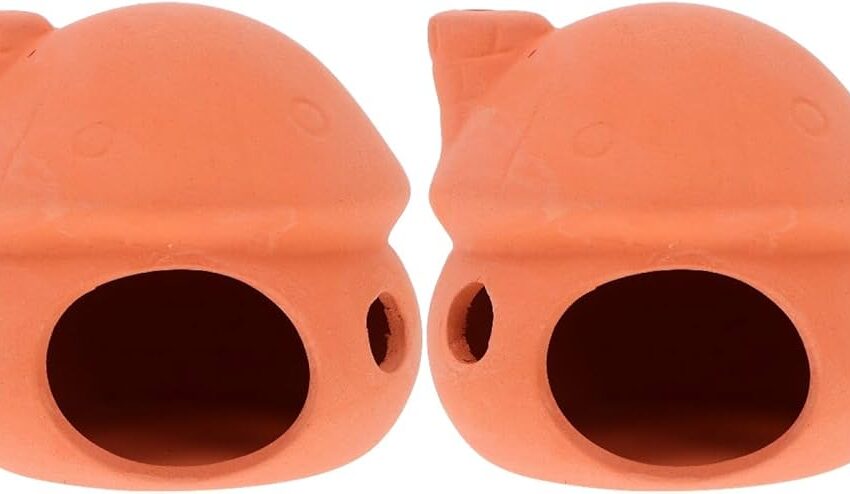Selecting the Right Hamster Breed
Choosing the right hamster breed is an important decision for any potential pet owner. Not only do different breeds have varying personalities, sizes, and care needs, but they can also have specific requirements for their living environments and social interactions. This article will explore some of the most popular hamster breeds, offering insights to help you make an informed choice that aligns with your lifestyle and preferences.
Understanding Hamster Breeds
Hamsters are small, adorable rodents that have captured the hearts of pet lovers around the world. There are several distinct breeds of hamsters, each with unique characteristics. Understanding these differences is crucial when selecting the right hamster for your home. The most common types of hamsters include the Syrian, Campbell’s dwarf, and Roborovski dwarf hamsters. Each breed comes with its own set of traits regarding temperament, care requirements, and compatibility with children and other pets.
Popular Hamster Breeds
When considering a pet hamster, you might start with the most common breeds. **Syrian hamsters**, often referred to as golden hamsters, are the largest breed and are known for their friendly and curious nature. They typically enjoy being handled, making them ideal for families with children. On the other hand, **Campbell’s dwarf hamsters** are smaller, social creatures that thrive when kept in pairs or small groups; however, they can be a bit nippy if not handled correctly.

Lastly, the **Roborovski dwarf hamster** is the smallest breed, known for its playful and energetic demeanor. They are fast and can be less interested in being handled compared to other breeds, making them better suited for watchable pets rather than for direct interaction.
Factors to Consider When Choosing a Breed
Choosing a hamster breed should take several factors into account, such as how much space you have, the type of interaction you are looking for, and the care commitment you are willing to provide. For example, if you have limited space, a dwarf hamster might be preferable, as they require smaller enclosures than their Syrian counterparts. Conversely, if you’re looking for a cuddly companion, you might prefer a larger, more sociable Syrian hamster. Additionally, consider your lifestyle: if you travel frequently or work long hours, some breeds’ personality traits may be more forgiving compared to others that require regular social interaction.
Care Requirements for Different Breeds
Each hamster breed presents unique care requirements, from habitat setups to diet and social needs. Understanding these requirements is crucial for providing the best environment for your new pet, ensuring they thrive in their new home. Proper care not only promotes your hamster’s health but can also affect their temperament and overall happiness.
Habitat and Housing Needs
Hamsters require a spacious, secure habitat that allows for ample exploration and activity. For **Syrian hamsters**, a single-level cage with plenty of floor space is essential, whereas **dwarf hamsters** may thrive in multi-level setups that utilize vertical space effectively. Provide enrichment with tunnels, tubes, and chew toys. Don’t overlook that proper bedding is also vital since some breeds may have specific preferences—for example, avoid cedar shavings due to potential respiratory issues. Always ensure the habitat has escape-proof materials to prevent any adventurous hamsters from wandering off.
Diet and Nutrition
Proper nutrition is key to maintaining your hamster’s health. All hamster breeds thrive on a diet composed mainly of high-quality, species-appropriate pellets. Supplement their diet with small amounts of fresh fruits and vegetables, and avoid foods that are high in sugar or fat. **Syrian hamsters** may require portions of foods higher in protein compared to smaller breeds. Proper assessment of portion size is crucial to prevent obesity, especially in less active breeds. Be cautious with treats and introduce new items gradually to avoid any digestive issue.
Social Behaviors of Different Breeds
Social behaviors vary significantly among hamster breeds. These variations affect how you should interact with and house your pets. If you’re looking to keep multiple hamsters, understanding each breed’s social habits will guide your choices effectively.
Social Hamsters vs. Solitary Breeders
Syrian hamsters** are solitary animals by nature, which means they should be housed alone to prevent fighting. In contrast, dwarf hamsters like the **Campbell’s dwarf** can sometimes coexist peacefully in pairs or groups if they are bred together from a young age. However, it’s always advisable to monitor interactions closely to ensure harmony. **Roborovski dwarf hamsters** are also social creatures but might prefer larger groups due to their active lifestyle.
Interacting with Your Hamster
Engagement and interaction differ amongst hamster breeds. **Syrian hamsters**, being more inclined towards human interaction, typically enjoy being handled, while **Campbell’s** and **Roborovski** dwarf hamsters may require more time to acclimatize to handling. Always practice gentle handling techniques to make the interaction enjoyable for both you and your pet. With patience, you can establish a trusting relationship with your hamster, which can be a rewarding experience. Spend time getting to know your pet’s behaviors and preferences to enhance your interactions.
Summary and Final Thoughts
Selecting the right hamster breed is essential for ensuring a harmonious relationship between you and your pet. Understand the traits and behaviors associated with various breeds, including housing, dietary needs, and social characteristics. Addressing these requirements will not only lead to a more satisfying experience for both you and your hamster but will also significantly contribute to the well-being of your new furry friend. Ultimately, the right choice will depend on your availability, environment, and connection with specific hamster breeds.
FAQ
1. What is the easiest hamster breed for beginners?
The easiest hamster breed for beginners is the **Syrian hamster**. They are known for their friendly demeanor and social nature, making them more comfortable with handling compared to other breeds. Their larger size also makes them easier to handle, and their straightforward care requirements provide an excellent starting point for new hamster owners.
2. Can different hamster breeds live together?
No, it is not recommended for different hamster breeds to live together. **Syrian hamsters** are territorial and should always be housed alone. While certain dwarf breeds can coexist peacefully, it’s essential to introduce them when they are young and monitor for any signs of aggression.
3. How much space do hamsters need?
The necessary space varies by breed; however, as a general rule, all hamsters benefit from as much space as possible. At a minimum, a **Syrian hamster** should have space between 24 inches by 12 inches, while dwarf hamsters can be comfortable in slightly smaller cages as long as vertical space is utilized effectively.
4. What should I feed my hamster?
Your hamster’s diet should primarily consist of **high-quality pellets** with occasional fresh treats like fruits and vegetables. Each breed has slightly different needs, so tailor their diet carefully to their specific requirements. Avoid sugary or fatty foods that can lead to health issues over time.
5. Are hamsters nocturnal pets?
Yes, hamsters are nocturnal creatures, which means they are most active during the night. This behavior can affect handling times, as they may not be as active during the day. Owners should adapt their engagement and playtime to fit the natural activity patterns of their hamsters.
6. How can I make my hamster’s habitat more enriching?
Creating an enriching habitat involves adding tunnels, climbing structures, chew toys, and hiding spots. Rotate their toys regularly and introduce new items occasionally to keep their environment stimulating and content, encouraging natural behaviors in hamsters.
